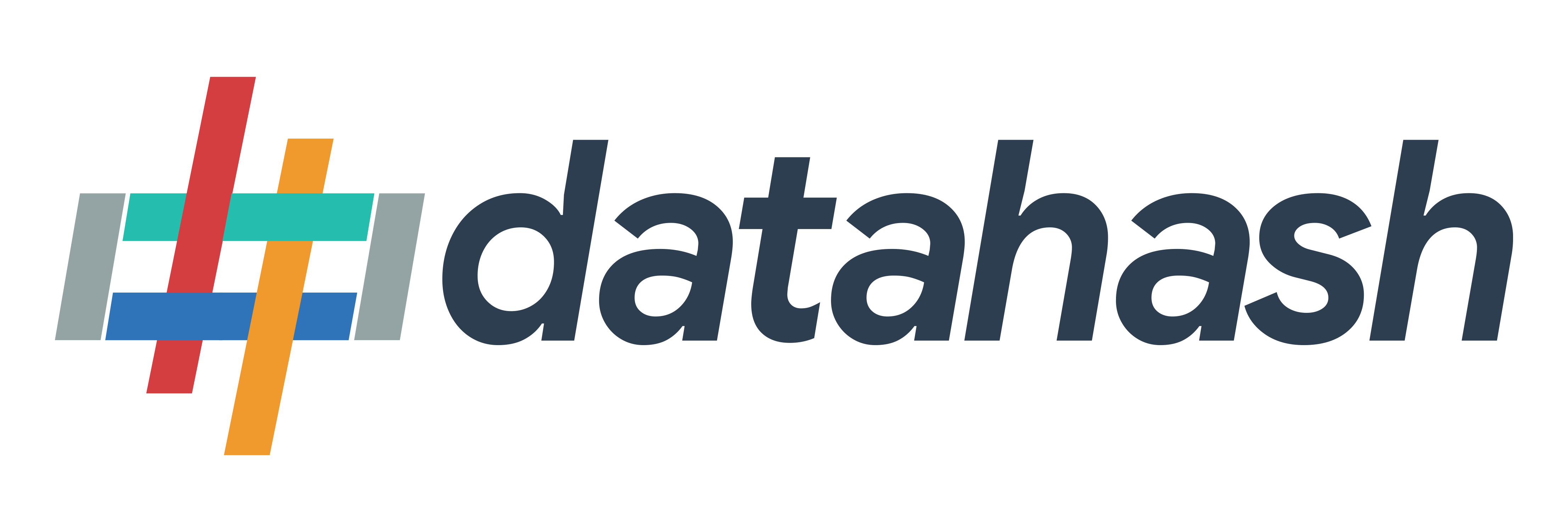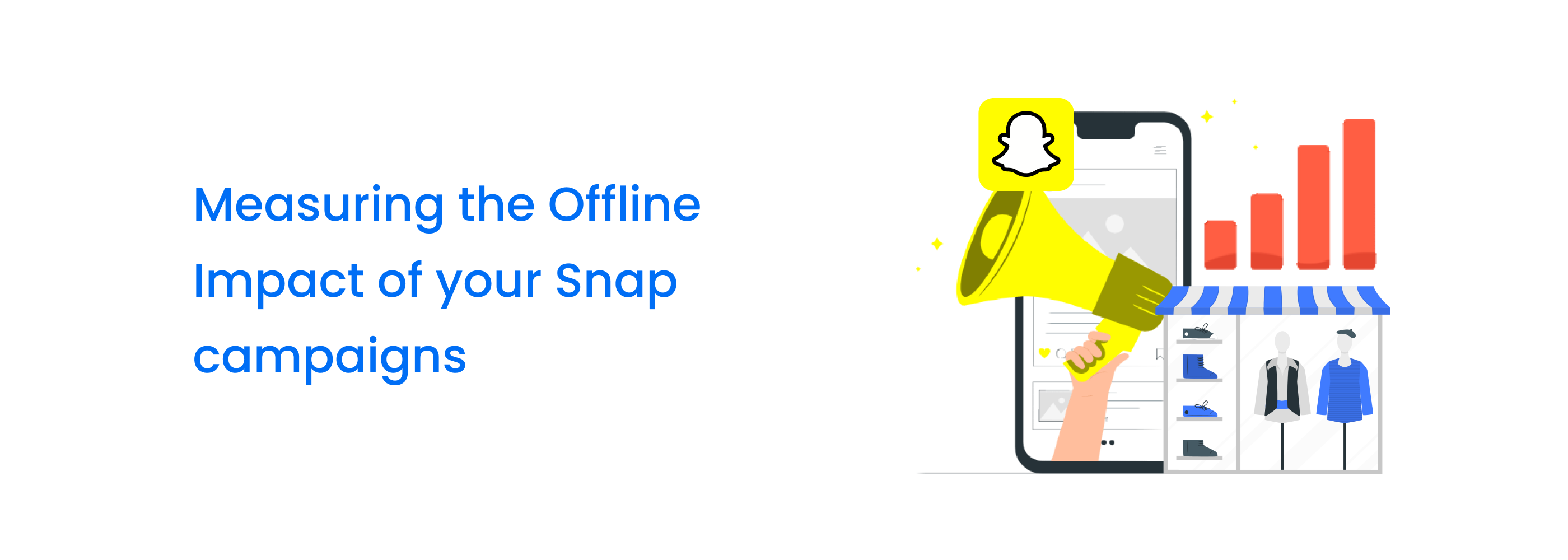Use First-Party Data to Improve ROAS
The ability to understand customers has always been paramount to running successful marketing campaigns. Personal Identifying Information (PII) data is any kind of data that can be used to identify someone – this could be in the form of their name, address, and contact information. Brands may already have existing PII information about their users, but this pool is limited.
Why is PII data the best route?
First-party data is often the highest performing of all options, but PII-based data specifically takes this to another level. By using it in conjunction with an identity resolution platform, marketers can resolve identities across platforms and create persistent, omni-channel conversations with prospects. Brands today are increasingly using this type of marketing as the technology continues to improve, but its adoption stands to accelerate further considering the upcoming trends and regulations that are taking off in the industry.
Research suggests that 98% of visitors leave the website without taking any action. What if you could have access to these visitors to understand their interests, and even re-target them and bring them back to your website? But this would begin with an action to collect this data when a visitor first lands on your website.
Overcoming Roadblocks

However, the increase in demand for user privacy and the fast adoption of privacy regulations such as the GDPR and CCPA have made it difficult for marketers and businesses to track and target customers with third-party cookies. Once Google removes third-party cookies, experts suggest that the publisher’s Ad revenues are expected to plummet by 52%. This will drive greater reliance on walled gardens such as Facebook or Google and will in turn increase marketing costs.
This legislation outlines new rules for consumer rights in California and sets a benchmark for the entire country to put the ownership of data back in the hands of the user. As a result, consumers will have greater control over what data is stored by a business, and how it can be used, including whether it can be shared or sold to a third party.
There are many varying opinions on whether this regulation is too restrictive or lenient, but one thing is abundantly clear – This bill has major implications for businesses that are reliant on third-party cookies.
Third-party cookies have for a while now been effectively used to track user activity across websites. They record this activity and show relevant Ads to visitors across different channels on the website. The data collected has no direct contact with the user but it helps the marketer with analytics, payments, and online advertising. And with the new regulations, users are more likely to opt-out, hence shrinking the data pool considerably.
Raising the Bar on First-Party Data
Hence, brands are increasingly focused on strengthening their first-party data and are investing in collecting PII information. As third-party cookies phase out, we see a loss of identities. Using first-party data also powers addressable marketing campaigns, drives personalized experiences for consumers and improves measurability across channels. Together, these benefits create more engaging marketing campaigns for your potential customers and help you improve efficiency and ROI.

First-party data is increasingly critical to the marketing operations of any brand looking to invest in digital commerce. However, storing, aggregating, and using this first-party data can be daunting, especially when the number of visitors to your digital properties is higher. The bottom line is that the world of marketing is undergoing a significant transition. As this happens, marketers will be required to shift their strategies as the data pool shrinks. But this doesn’t mean your marketing strategy has to suffer.
First-party allows marketers and brands the opportunity to build the highest-performing campaigns they’ve ever created. The key is to shift your focus, find what works, and stay ahead of the curve.














